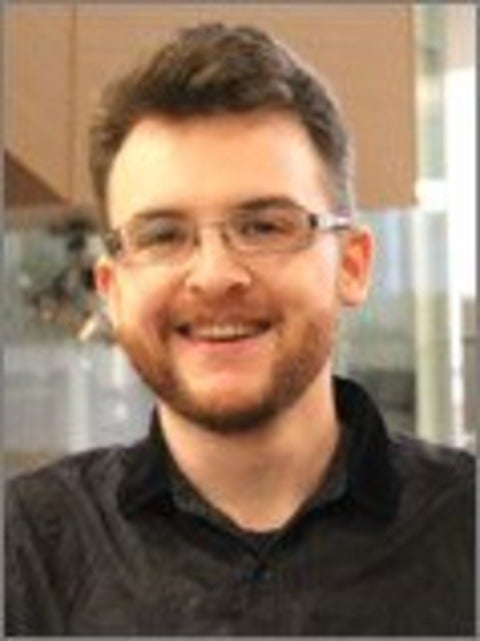Seminar: Hugo Cable
Towards Integrated Photonics for Quantum Computation
Hugo Cable, University of Bristol, UK
I will give an overview of work at the Centre for Quantum Photonics towards implementation of large-scale linear-optical quantum computing (LOQC) using quantum photonics. Our current research addresses the key obstacles to scalable LOQC, namely overcoming nondeterminism, achieving loss tolerance, and manufacturability.

 Zachary Webb of the Department of Physics and Astronomy is defending his thesis:
Zachary Webb of the Department of Physics and Astronomy is defending his thesis: